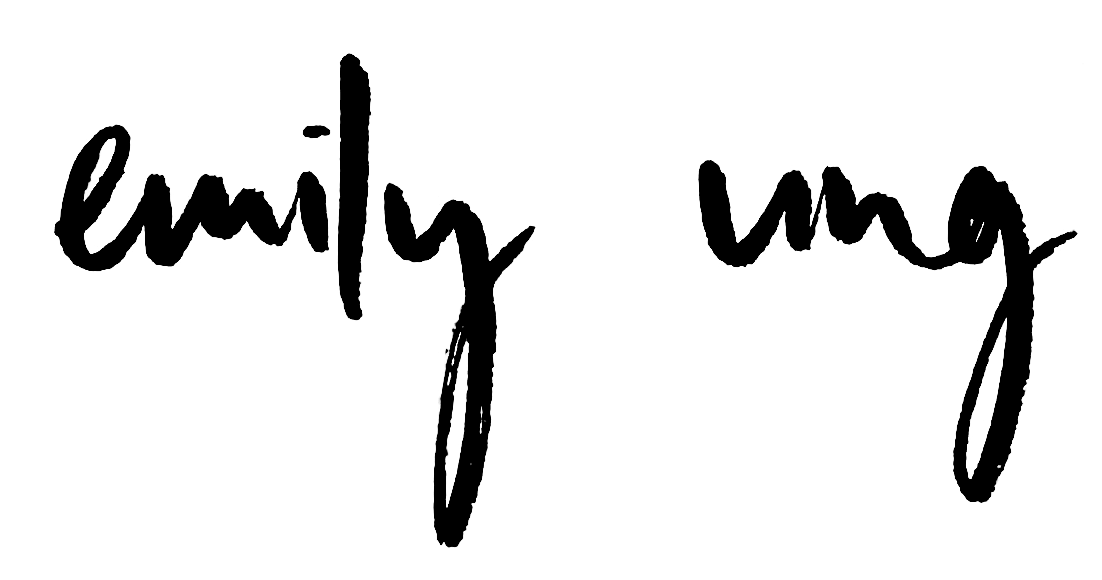Celeste is a custom typeface designed in response to a university design brief. The task was to design a new and original custom typeface.
A custom typeface is often designed for a specific purpose, such as being commissioned to represent a brand or an idea for a specialised audience. Our custom typeface therefore had to be designed with a potential context or application in mind, in order to fulfill a purpose. With a minimum of 12 characters from a variety of categories, the typeface should be used to spell out the name of the font, and further showcased in 8 more words to demonstrate a practical application.
The end product was a booklet documenting my design process in designing my custom typeface Celeste – from research and inspiration, to sketches and refined drawings, and finally a showcase of the digitalised font.
Celeste is a geometric sans serif font that takes inspiration from the moon for its form, concept, and characteristics.
Visually, the typeface is constructed using the basic shapes of circles and rectangles. Round letterforms, such as ‘e’, ‘o’ and ‘u’, are consistently shaped by a perfect circle, incorporating different shapes of the moon throughout its cycle of phases – namely the crescent, quarter moon (semicircle), gibbous and full moon. Vertical letterforms, and letterforms with both round and vertical elements, such as ‘l’, ‘p’ and ‘q’, consist of a thin rectangle or line which creates contrast between the thin and thick strokes in the typeface.
The concept of Celeste plays with the idea that the shape of the moon we perceive is created by the interplay of light and shadow – where sunlight reflected off the moon reveals part of it, while the shadow of the earth, or darkness, conceals the rest of the moon. Regardless of the phase – regardless of how much is revealed by light or concealed by darkness – the moon is always omnipresent and recognisable in all its different forms. In the same way, we recognise letterforms by elements or features that are unique or characteristic of that letter – parts that we expect a letter to have; the traits that we identify a letter by. These distinguishing features are the parts that should be revealed in order for us to read a letter, while the rest can be concealed and we would still be able to recognise it. Celeste embodies this idea by incorporating moon forms in essential parts of the letter that should be revealed, while eliminating secondary elements to create glyphs that allude to the letterforms.
On face value, the moon appears simple in its forms, as we recognise its crescent, semicircle, gibbous, or full circle shapes. This idea of the moon is translated to Celeste in the typeface’s minimal yet elegant construction and aesthetic. The moon is also associated with being mysterious, magical, and majestic – characteristics that are also encapsulated in Celeste by eliminating parts of letterforms, where characters represent a letter without being fully formed.

